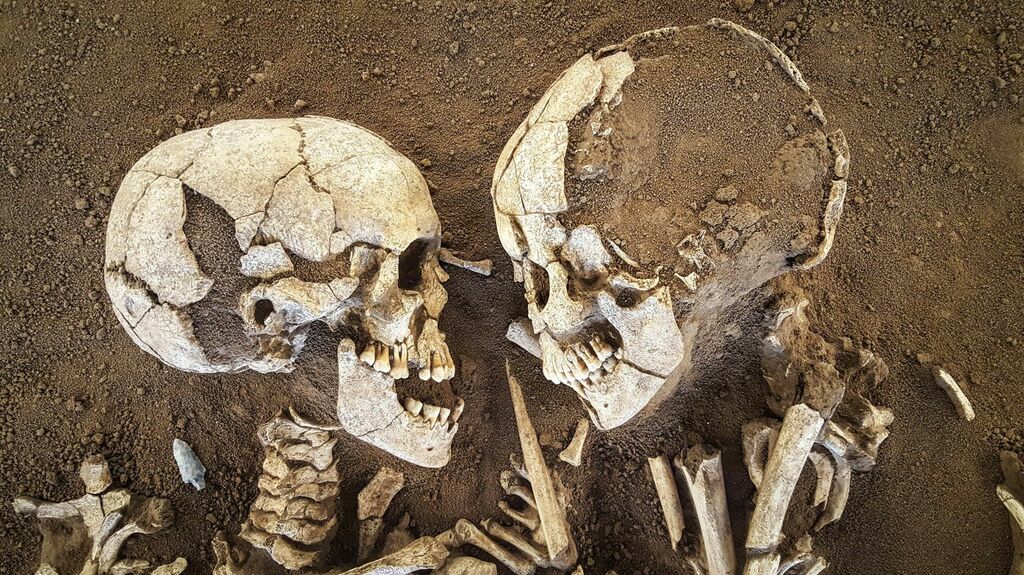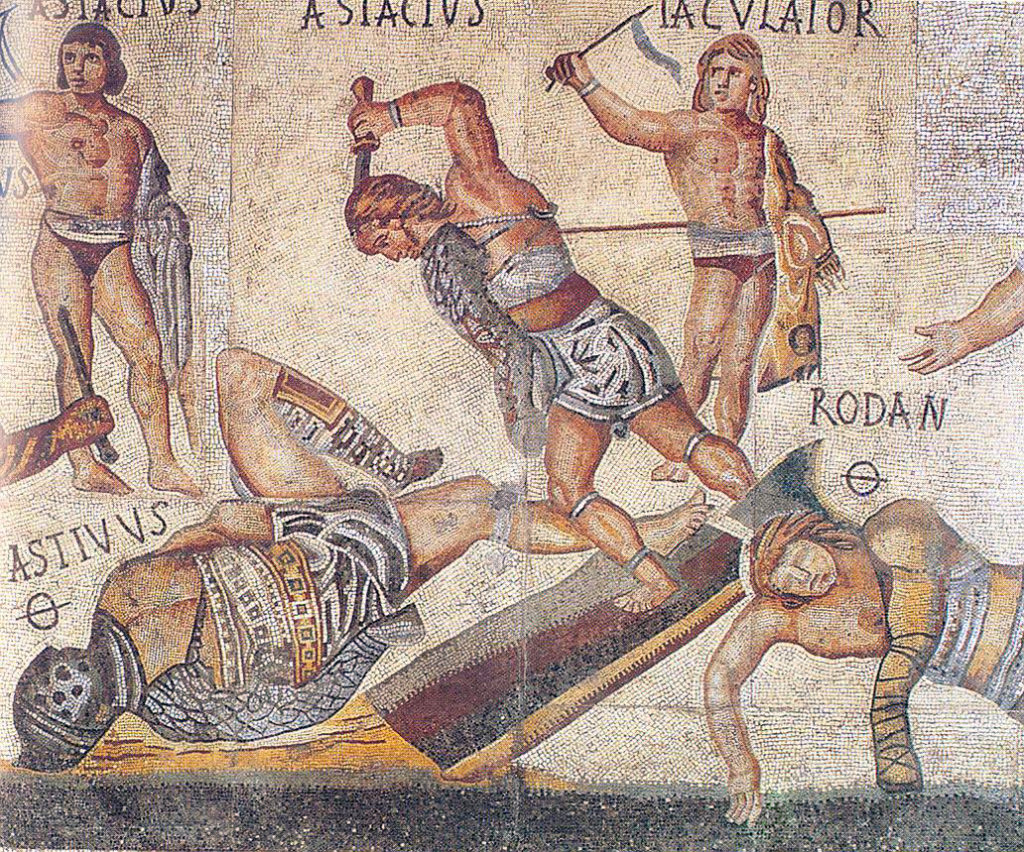Daily life in Mesopotamia is not so different from daily life for us today.
Well, if we can set aside the fact that this civilization existed thousands of years ago, with vastly different social structures, economic systems, and cultural practices. Nevertheless, ancient humans were still humans.
They had jobs, they fell in love, they played board games with their children, they sought pleasure and wealth, and they experienced pain. They had their own hopes, dreams, and fears, just like us.
But clearly, how ancient Mesopotamians lived out the details of their lives are so foreign to us in the modern world that it is difficult to comprehend or relate to their experiences fully. In this post, we’ll try to close that gap and shine some light on what a daily routine might have looked like for the average Mesopotamian.

The Difficulty of Describing Daily Life in Mesopotamia
When it comes down to it, the name Mesopotamia does not refer to a single nation or people group. Rather than a political entity, the name refers to a geographic area, the land “between two rivers.” Namely, the Tigris and Euphrates rivers.
Furthermore, Mesopotamia covers about 4,000 years of world history. We are dealing with a diverse range of cultures, languages, and people.
So let’s get to the question at hand: what was everyday life like for the average Mesopotamian? The best answer is also the worst answer: it depends. It depends on the time period. It depends on the specific location. It depends on the people group. Because an average day for a Sumerian in 4000 BCE would have looked wildly different than an average day for a citizen of the Akkadian Empire in 2300 BCE.
I know what you’re thinking. What a cop-out. And you’re right. I’m not going to leave you with an answer like that. So let’s do our best to come up with a good generalization on what daily life might have looked like for the average ancient Mesopotamian.
Just keep in mind that we are working under some pretty hefty limitations. But to continue, we must first decide who the average Mesopotamian was.
Creating a Profile for the Average Citizen in Ancient Mesopotamia
One thing we can say with confidence is that Mesopotamian societies, regardless of the location or time period, were hierarchical.
This means that society was divided up into various social classes, much like the cafeteria from high school. Generally speaking, we can split Mesopotamian populations into four groups on this social ladder: the upper class, the middle class, the lower class, and the slaves.
The nuances of this hierarchy might look different from one time period to the next, but the underlying principle remained the same: people were stuck wherever they were. In other words, this hierarchy was somewhat rigid. It was not easy for poorer citizens to rise in the ranks and become priests or noblemen. And this system would have significantly impacted everyday life in ancient Mesopotamia from one end of the fertile crescent to the other.
So who lived in these social classes?
The Upper Class
The upper class consisted of political rulers, religious leaders, and other high-ranking individuals with great power and wealth.
This group would have made up a small percentage of ancient Mesopotamians, but they would have held more wealth than everyone else in the society combined. This wealth imbalance was a right of their status as nobles, but it was also important in order to keep the hierarchy rigid and the status quo stabilized.
The Middle Class
The middle class included craftsmen, merchants, and other skilled professionals. These people may not have had as much power as the upper class, but they still enjoyed their fair share of respect, influence, and economic security. Think potters, weavers, scribes, toolmakers, and the list goes on.
Daily Life For The Lower Classes
The lower class would have made up the bulk of the population. These people didn’t garner much respect, but they were also the people that society depended upon the most. These were your farmers, house servants, brick makers, and waste removers. They were poor and low on the food chain, but at least they still had their dignity. Unlike the last group in the social hierarchy: the slaves.
Slaves would not have been seen as people in their own right but as property owned by higher-class individuals.
Since the poorer citizens would have made up the largest percentage of the population in ancient Mesopotamia, it follows that the “average” Mesopotamian citizen would have been lower class. So for the rest of this article, we’ll try to pinpoint what a daily routine might have looked like for poorer people in Mesopotamia, like the farmer or unskilled worker.
Mesopotamia Daily Life for the Average Citizen
A typical day for a lower-class citizen of ancient Mesopotamian cities would have likely revolved around their work. Whether they were a farmer or a laborer from another industry, long days of hard, physical labor would have been crucial to their survival.
Day-to-Day Difficulties for Ancient Mesopotamians
So a typical day in a farmer’s or worker’s life would have been difficult, to say the least. Not only would they have had to work long, grueling hours in difficult working conditions. But they also would have had to deal with the unpredictability of the job. Think weather patterns and natural disasters. Pests and diseases. And a whole host of other environmental factors outside of human control. On top of all this, their lives would have been made even more difficult by their lack of resources and their low standing in society.
Balancing Hardship With Leisure
But don’t get me wrong. Daily life wasn’t all bad for the laboring citizen. Even farmers and laborers likely would have made time for family life and for recreation.
As I’ve already mentioned in this post, ancient humans really aren’t that different from us. They loved to play board games, tell stories around the fire, gather with loved ones, and share an evening meal around the table.
Some time would also have been devoted to religious ceremonies and rituals, which would have helped give even the lower-class workers a sense of purpose and meaning to their often degrading work.
Overall, the daily routine of the average Mesopotamian citizen would have been heavily influenced by their job. This was the first time in human history that people began to identify with one particular role, and these citizens would have clung to that role with a dutiful determination.
A Common Thread in Mesopotamian Culture
Daily life in ancient Mesopotamia was a complex and varied experience that depended on several factors, such as the Mesopotamian city or empire in question and the time period.
The rigid hierarchy that characterized Mesopotamia throughout its existence locked people into different social classes, each of which would have had a very different life experience in the fertile crescent.
Generally speaking, agriculture was central for the majority of the population. Agriculture is what helped Mesopotamian society grow from disparate family units to a fully functional civilization.
It took a large workforce to make this happen. So the majority of ancient Mesopotamians would have been the farmers, construction workers, road pavers, irrigation diggers, and general laborers that maintained the building project of society.
As members of the lower class, their daily lives would have been largely difficult. But when seen in the larger picture of a society that lent itself well to leisure, relationships, and religious fidelity, even the average Mesopotamian would have felt that their daily routine was somewhat well balanced.
It’s impossible to paint a definitive picture of the daily routine of the average Mesopotamian. Even the most trusted historians would tell you the same. But by examining primary and secondary sources, considering the key factors that influenced daily life in ancient Mesopotamia, and focusing on broad generalizations, we can better understand what life was like in this fascinating and influential society to which every civilization throughout history owes a debt.

